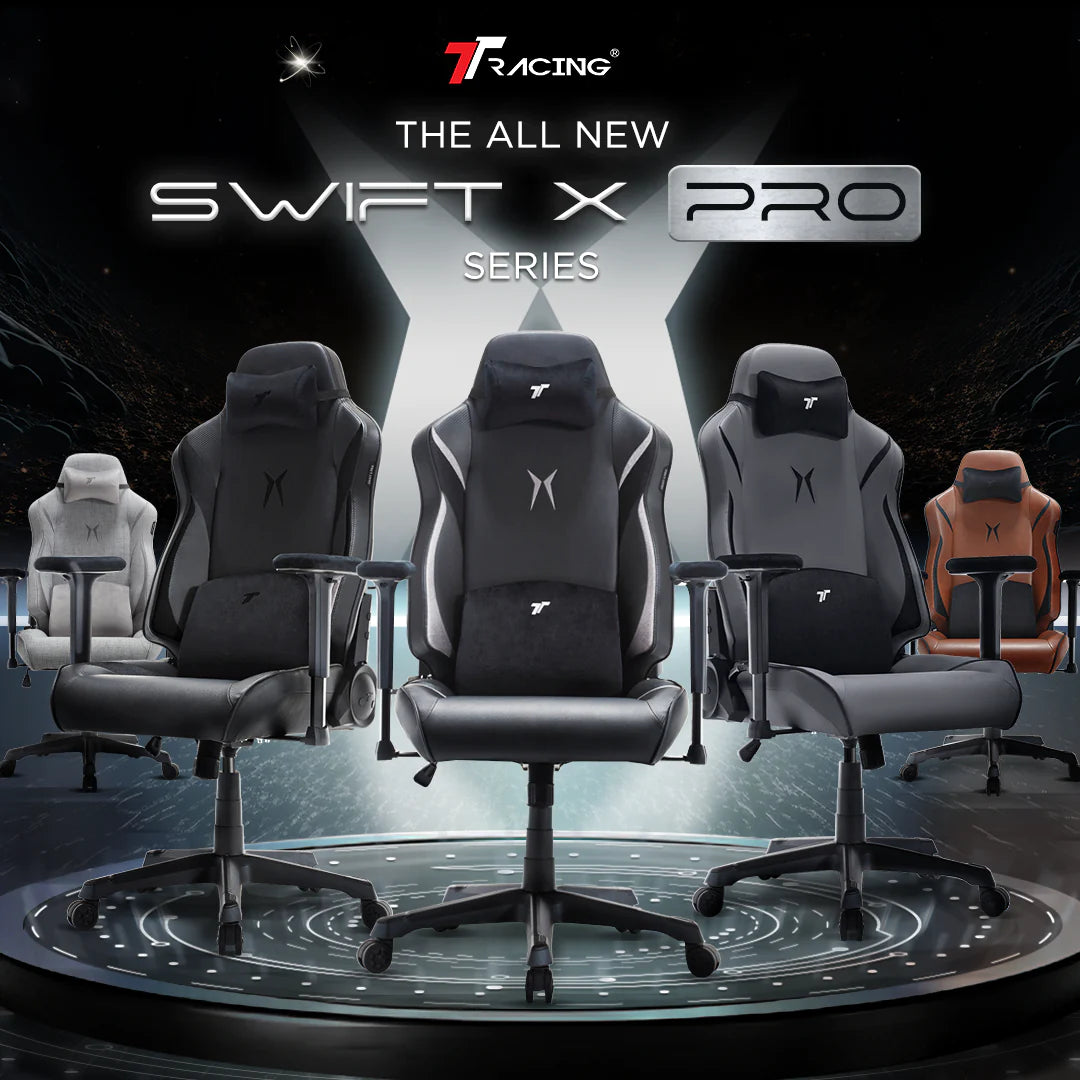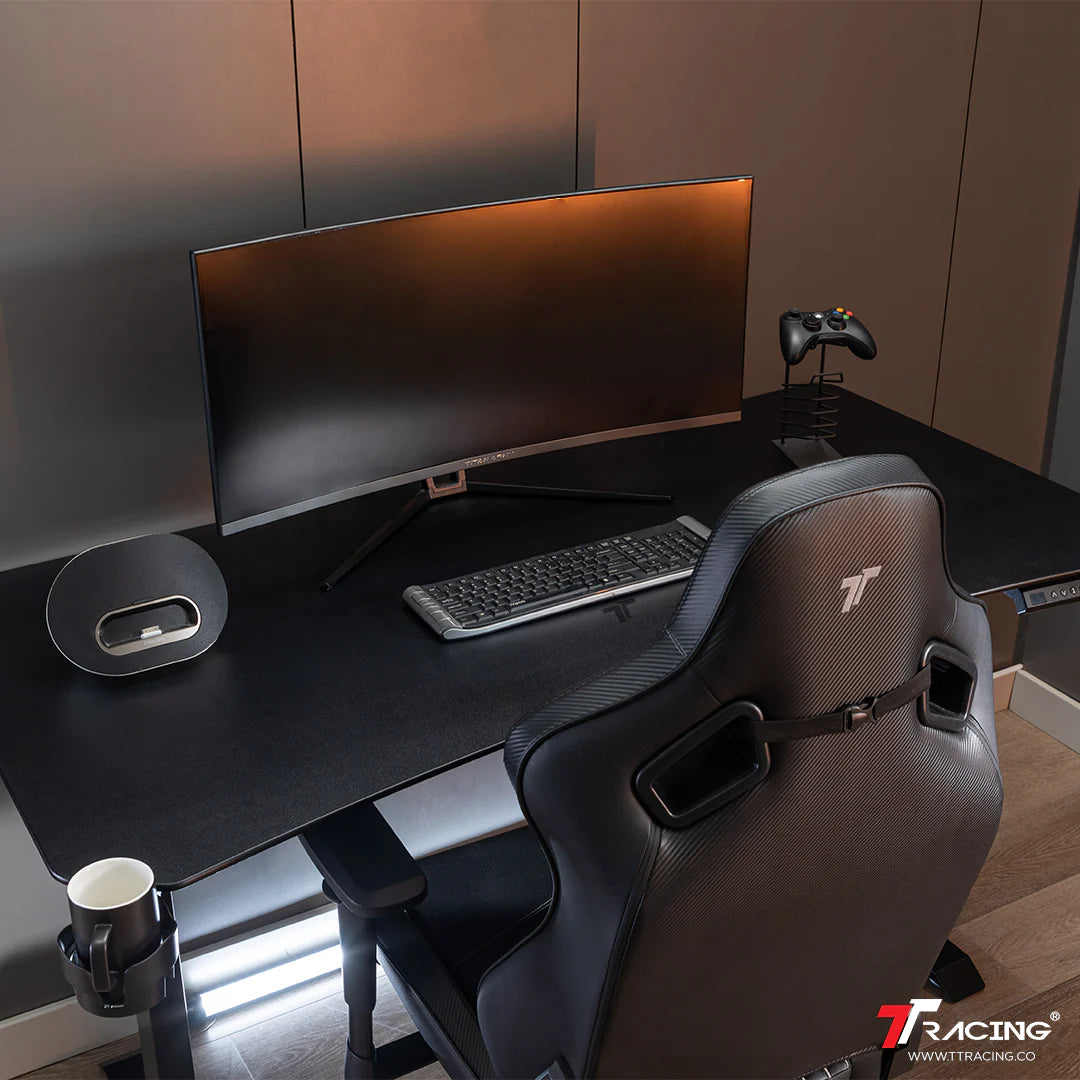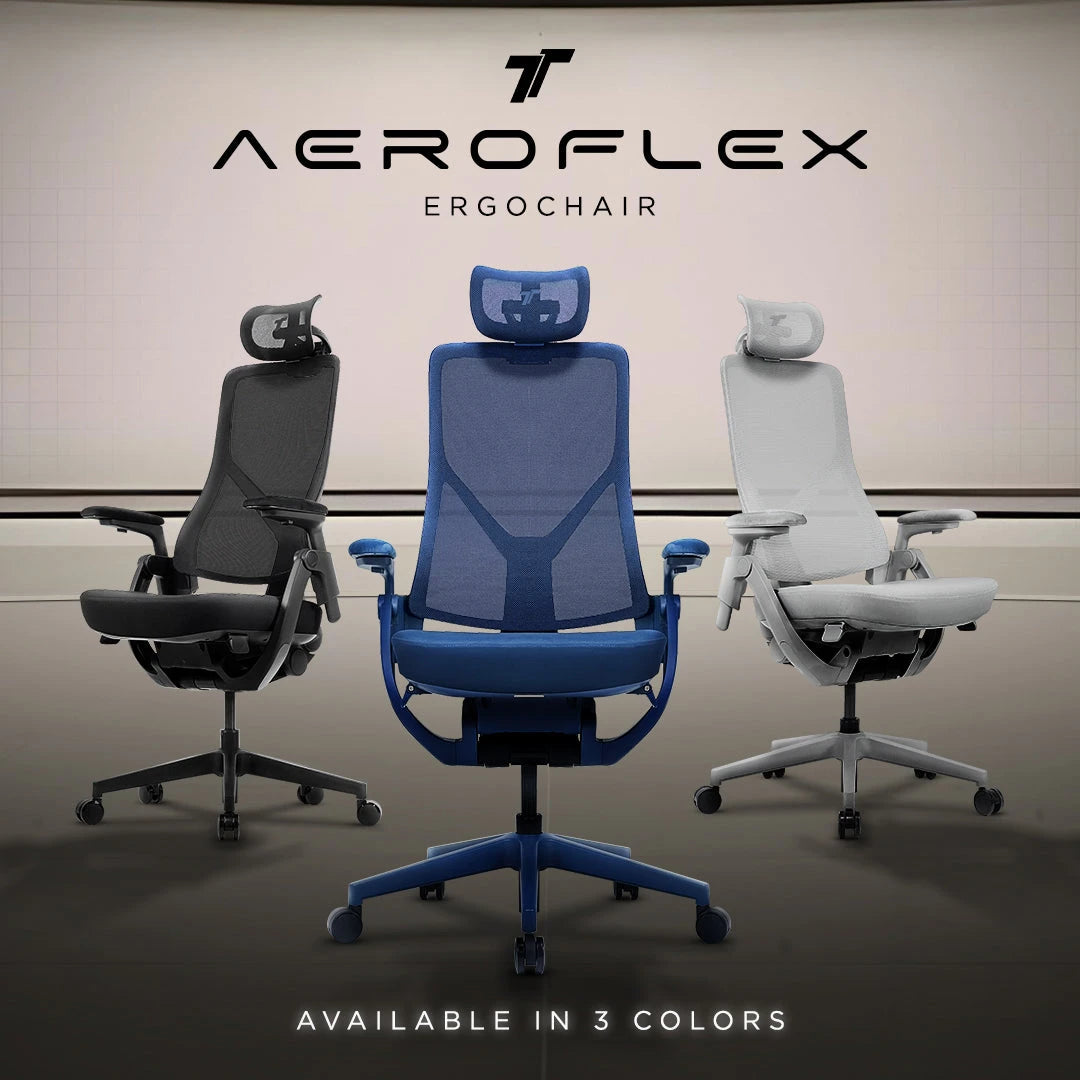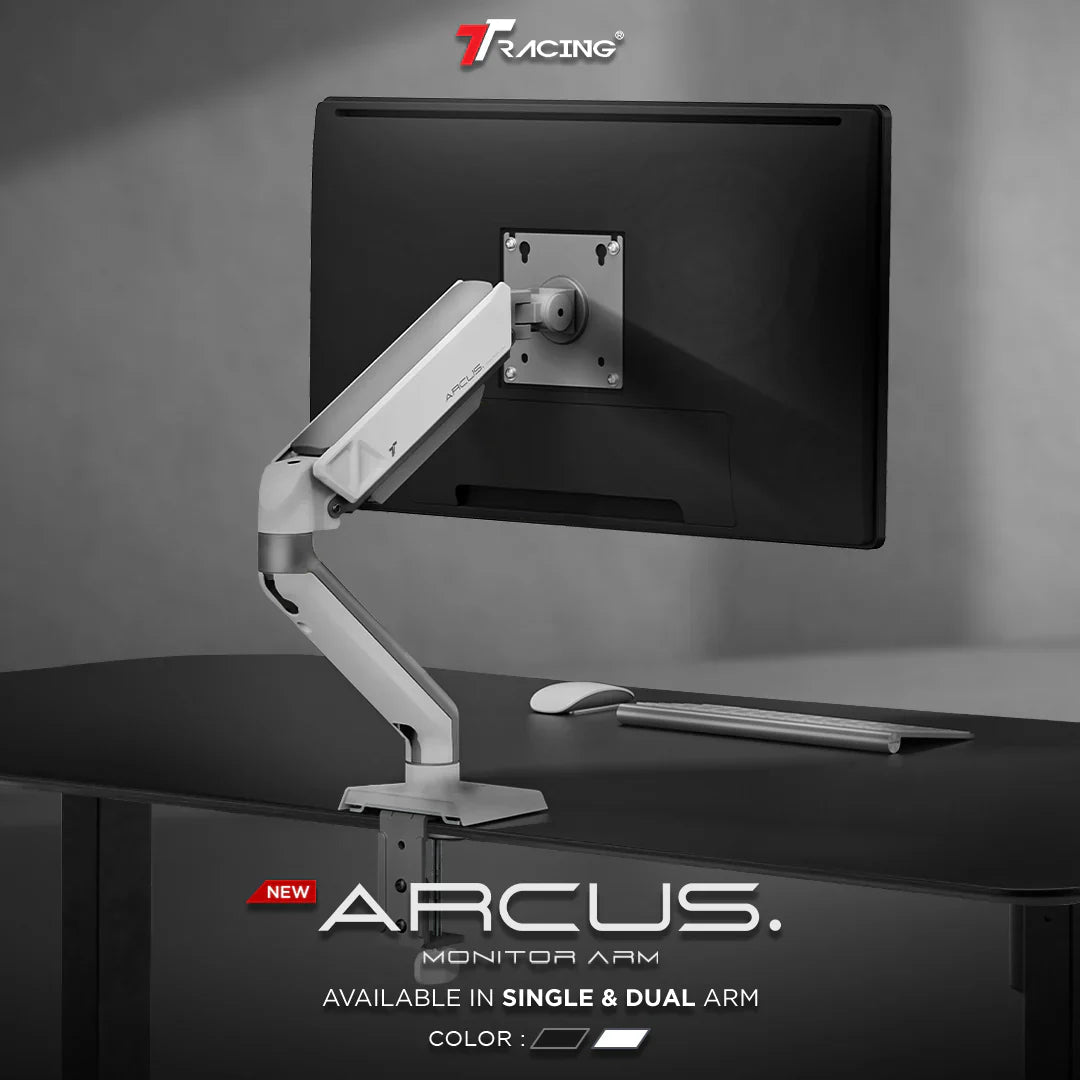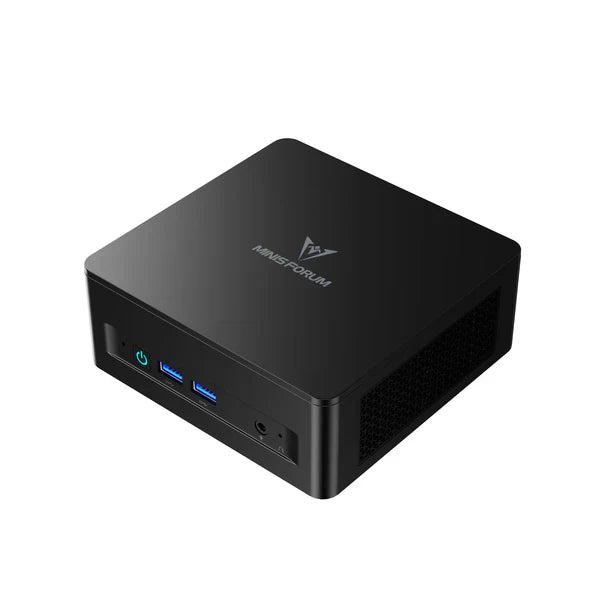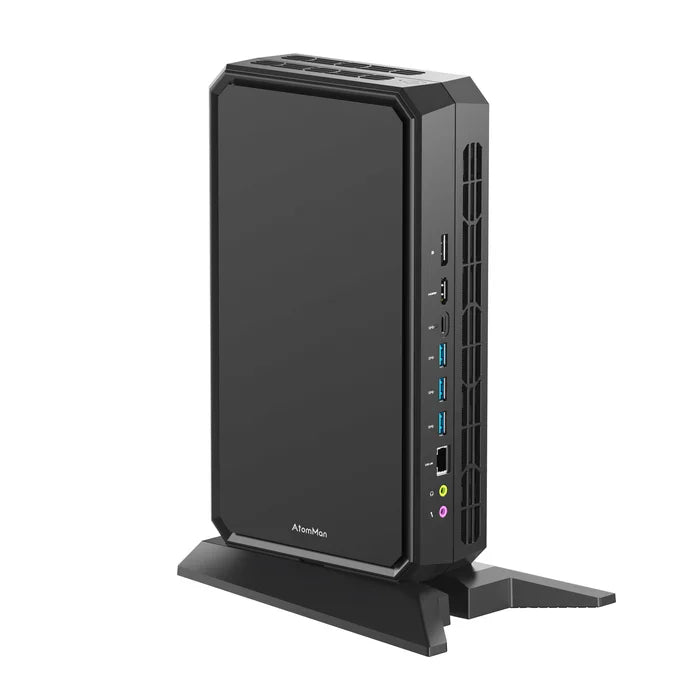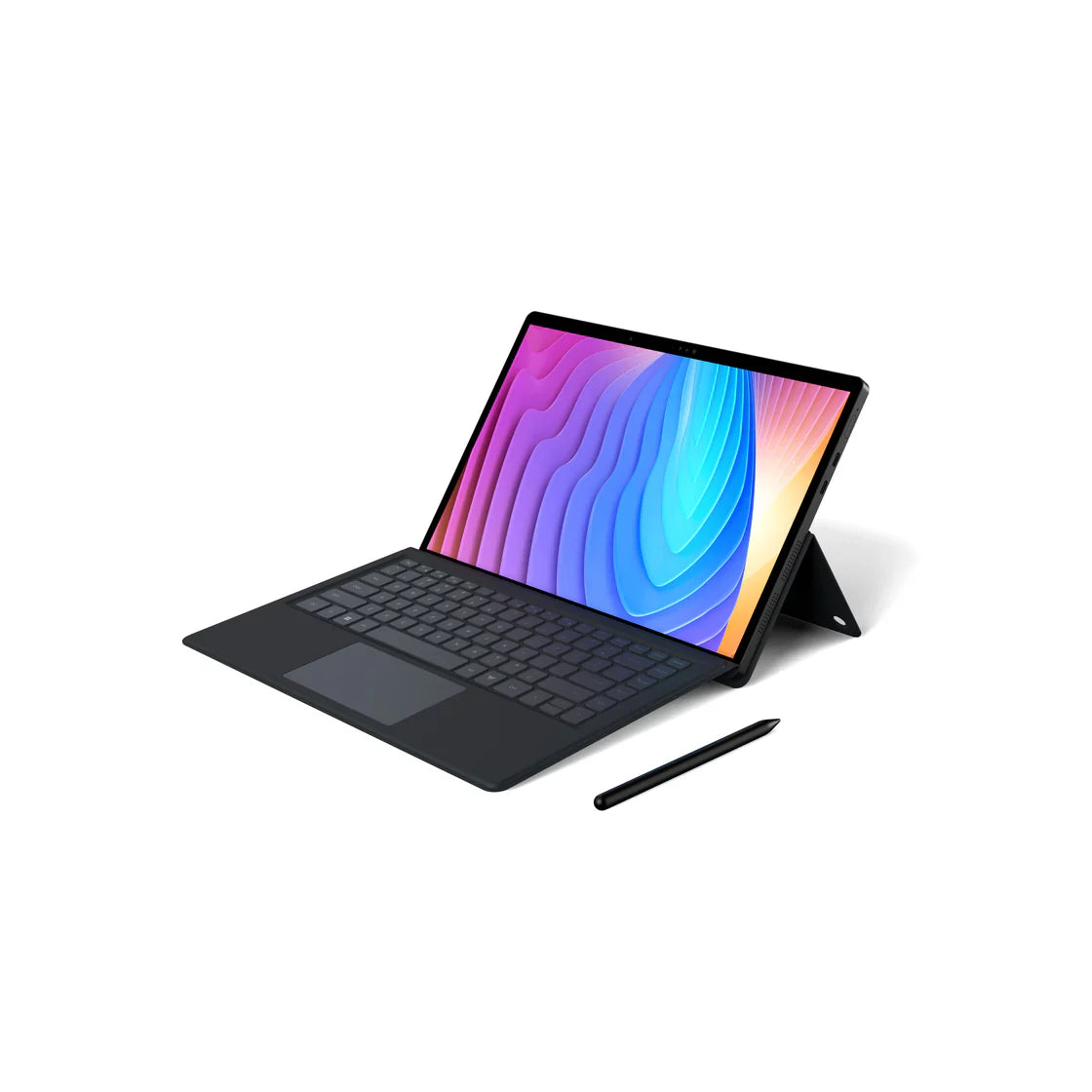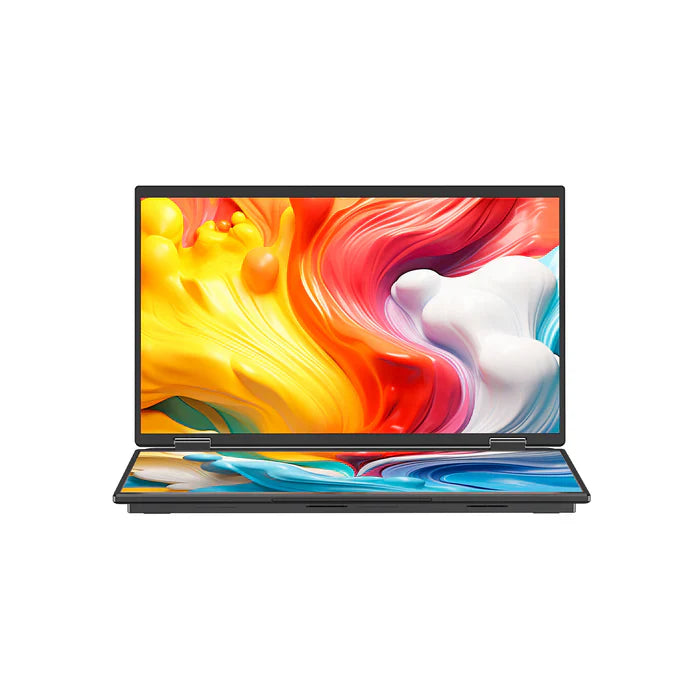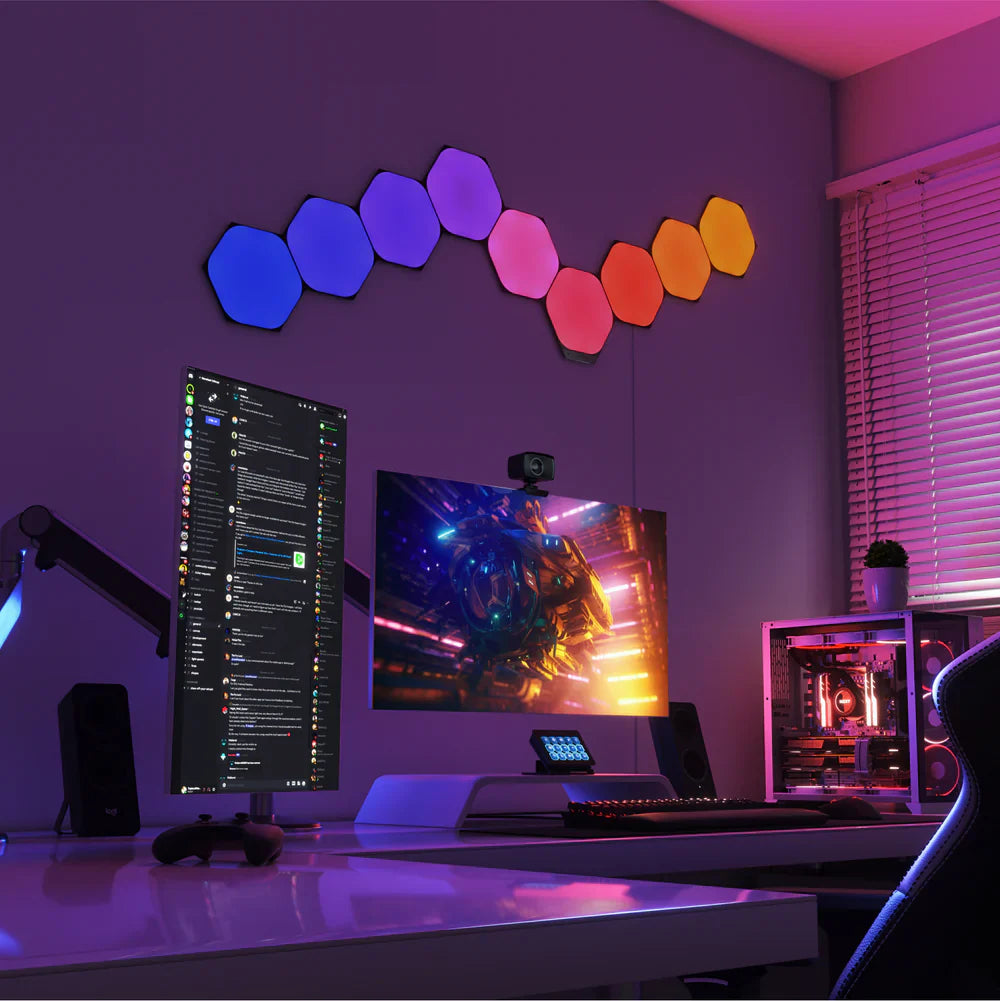Things to Keep in Mind When Buying Your First Gaming PC
Embarking on the journey of buying your first gaming PC is an exciting endeavor. Whether you're a casual gamer looking to enhance your gaming experience or an aspiring professional seeking top-notch performance, choosing the right gaming computer parts is crucial. To help you navigate through the process, we've compiled a list of essential factors to consider when making this important purchase.
- Define Your Gaming Goals:
Before diving into the world of gaming PC components, it's vital to understand your gaming goals. Are you primarily interested in playing competitive eSports titles or exploring graphically intensive AAA games? Determining your gaming preferences will enable you to select components that match your requirements and budget, ensuring an optimal gaming experience.
- Set a Realistic Budget:
Building a gaming PC can be a substantial investment, so it's essential to set a realistic budget. Take into account the cost of components such as the processor, graphics card, RAM, storage, power supply, and peripherals. Research the market to find a balance between performance and cost, making sure to allocate sufficient funds for future upgrades as well.
- Select the Right Processor:
The processor, or CPU, is the heart of your gaming PC. Opt for a CPU that offers strong single-core performance and multicore capabilities to handle both gaming and other tasks efficiently. Consider the latest generation processors from reputable manufacturers like Intel or AMD, and check compatibility with other components such as the motherboard and cooling solution.
- Choose a Powerful Graphics Card:
The graphics card, or GPU, plays a crucial role in delivering stunning visuals and smooth gameplay. Look for a graphics card that aligns with your gaming goals and budget. High-end options like NVIDIA GeForce RTX or AMD Radeon RX series provide excellent performance and support advanced features like real-time ray tracing and DLSS for enhanced graphics quality.
- Prioritize Sufficient RAM:
Random Access Memory (RAM) is responsible for handling game data in real-time. Aim for at least 16GB of RAM, as it allows for smooth multitasking and future-proofing your system. Additionally, ensure the RAM you choose is compatible with your motherboard and offers a sufficient clock speed to maximize performance.
- Storage Options:
Consider your storage needs when selecting components. Solid State Drives (SSDs) offer faster load times, quick system boot-ups, and efficient data transfer, making them an ideal choice for the operating system and frequently played games. Pairing an SSD with a larger capacity Hard Disk Drive (HDD) can provide a balance between speed and storage space for your gaming library.
- Power Supply and Cooling:
A reliable power supply is essential for maintaining stability and protecting your components. Choose a power supply unit (PSU) that offers sufficient wattage to handle your system's power requirements. Additionally, invest in proper cooling solutions, such as fans or liquid cooling, to prevent overheating and ensure longevity for your PC components.
- Research and Compare:
Before finalizing your purchase, conduct thorough research and compare prices, customer reviews, and performance benchmarks for the components you're considering. Visit reputable online forums and consult experts to gain valuable insights and make an informed decision.
Conclusion:
Building your first gaming PC is an exciting opportunity to tailor a system that caters to your gaming needs. By considering the factors mentioned above, you can ensure that your gaming rig performs optimally, provides an immersive gaming experience, and accommodates future upgrades. Remember to define your gaming goals, set a realistic budget, and select high-quality components from trusted brands. With careful planning and research, you'll soon be enjoying the thrilling world of gaming on your very own custom-built PC. Happy gaming!


